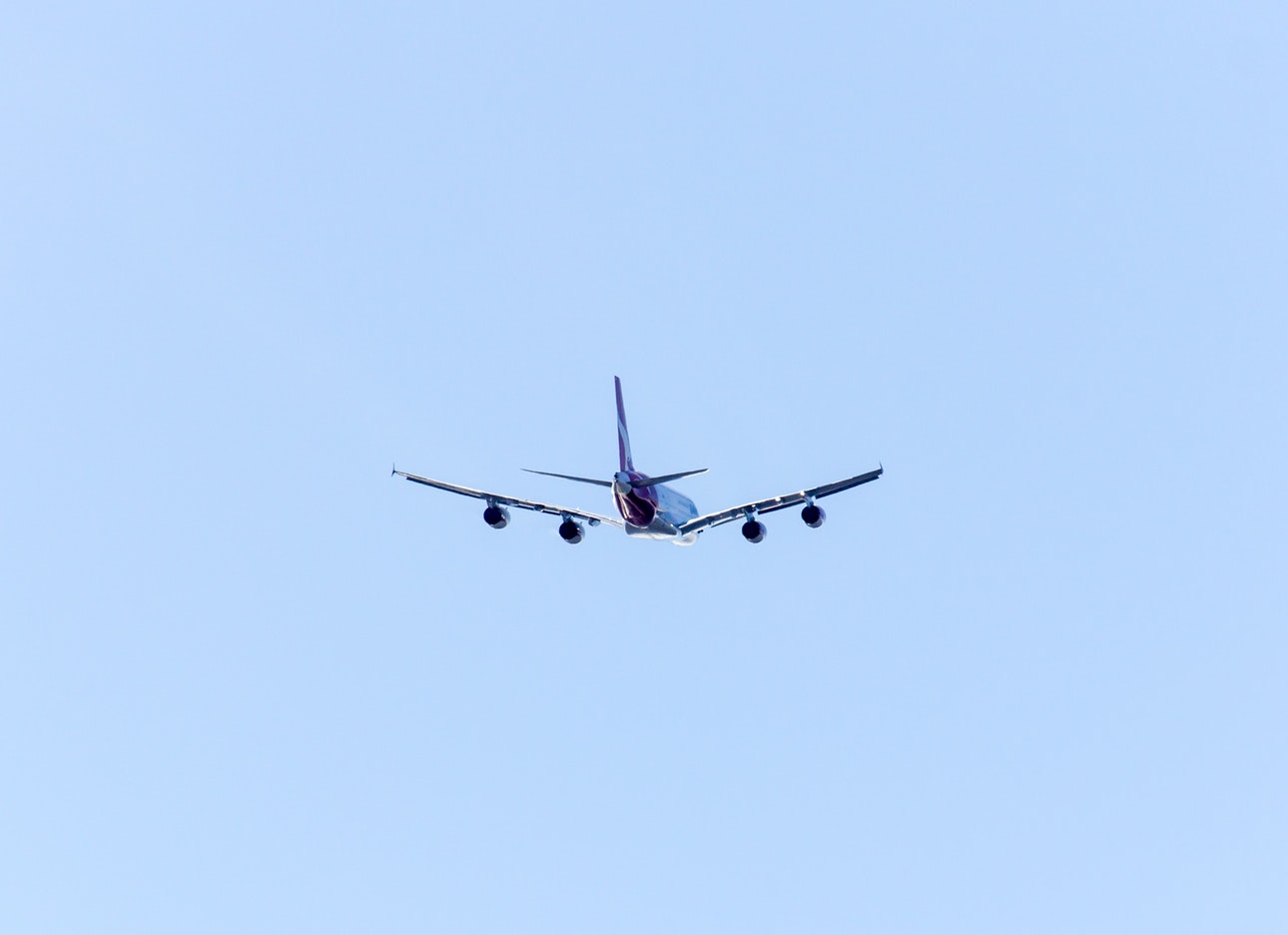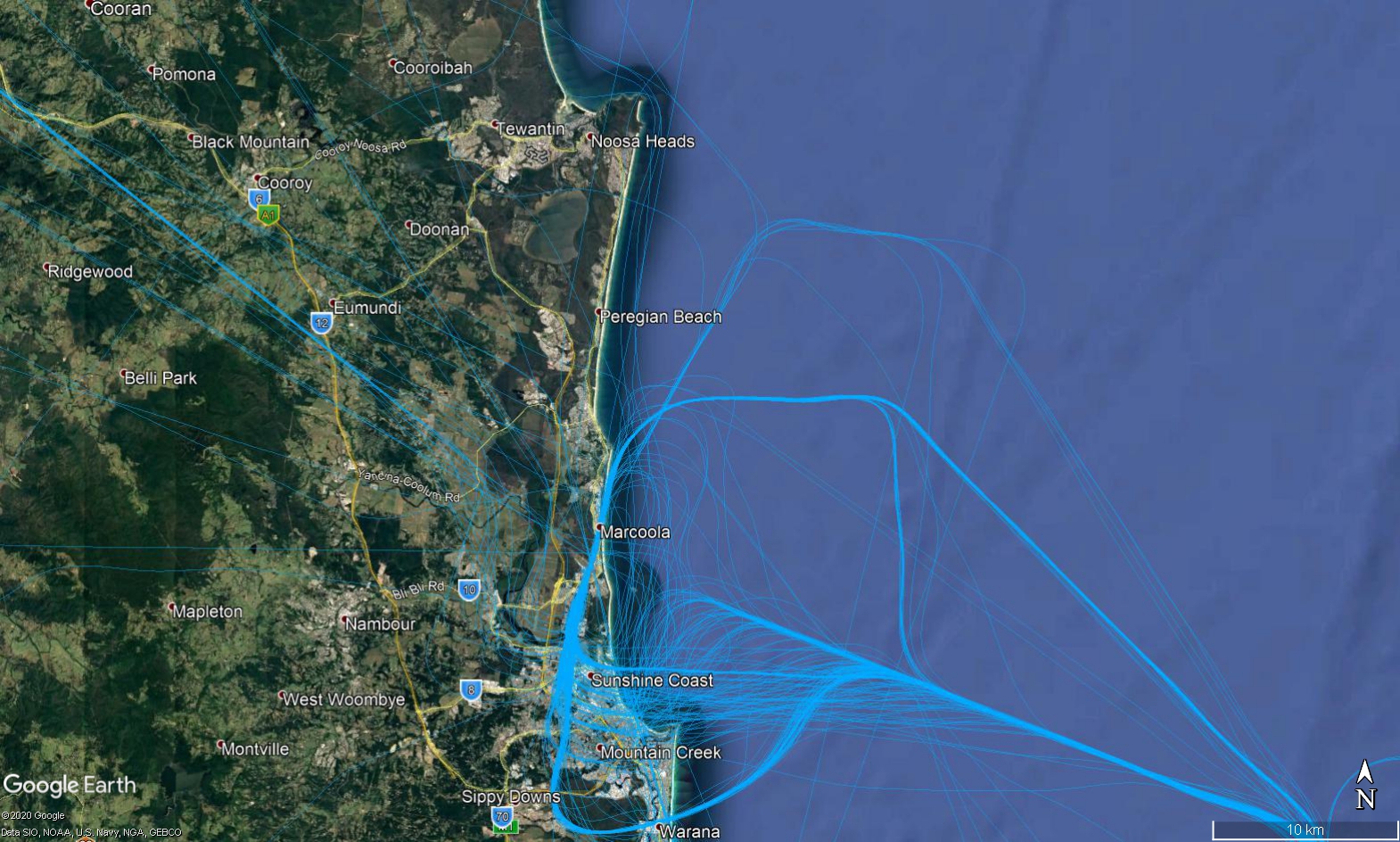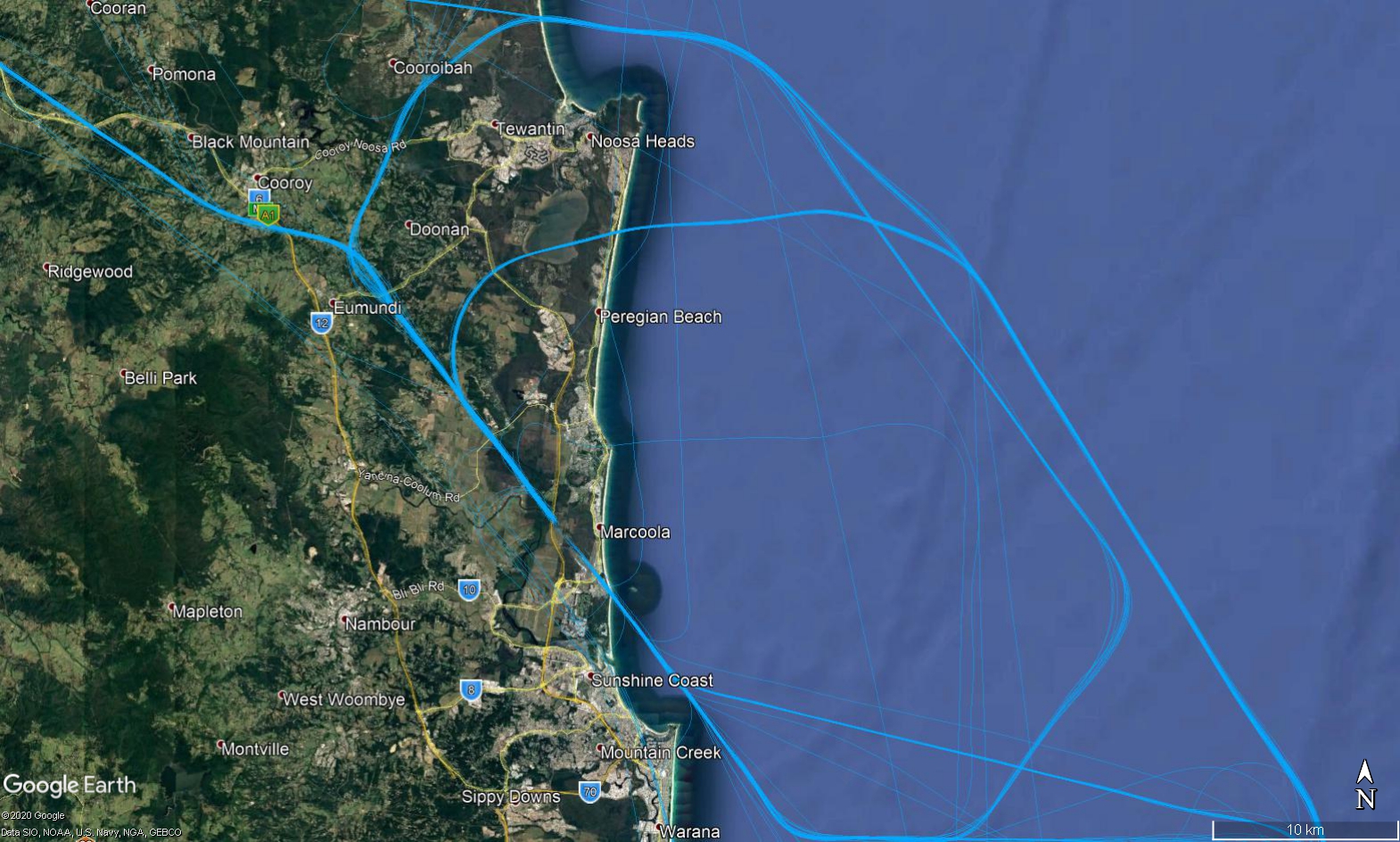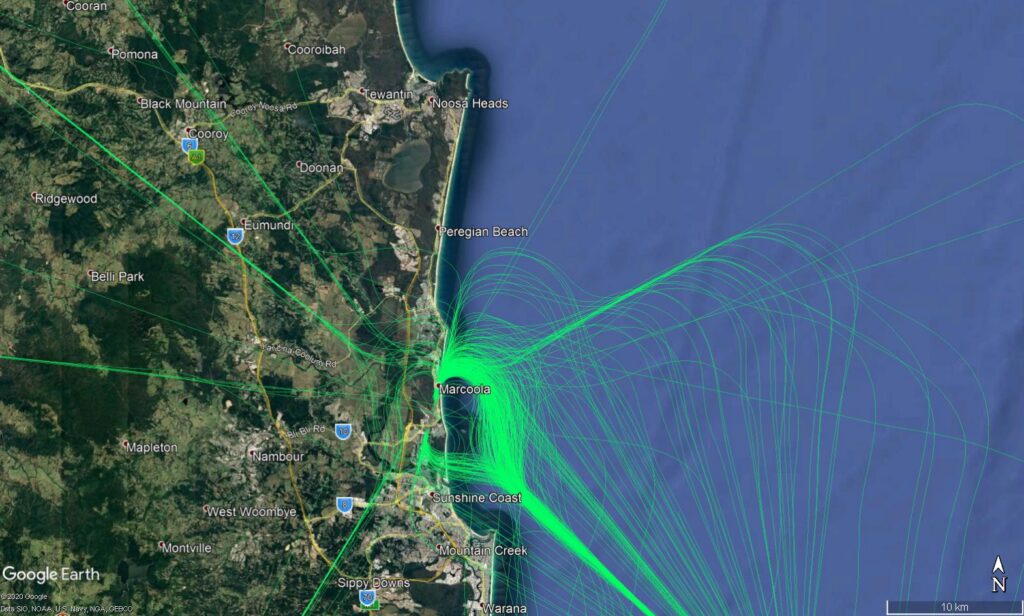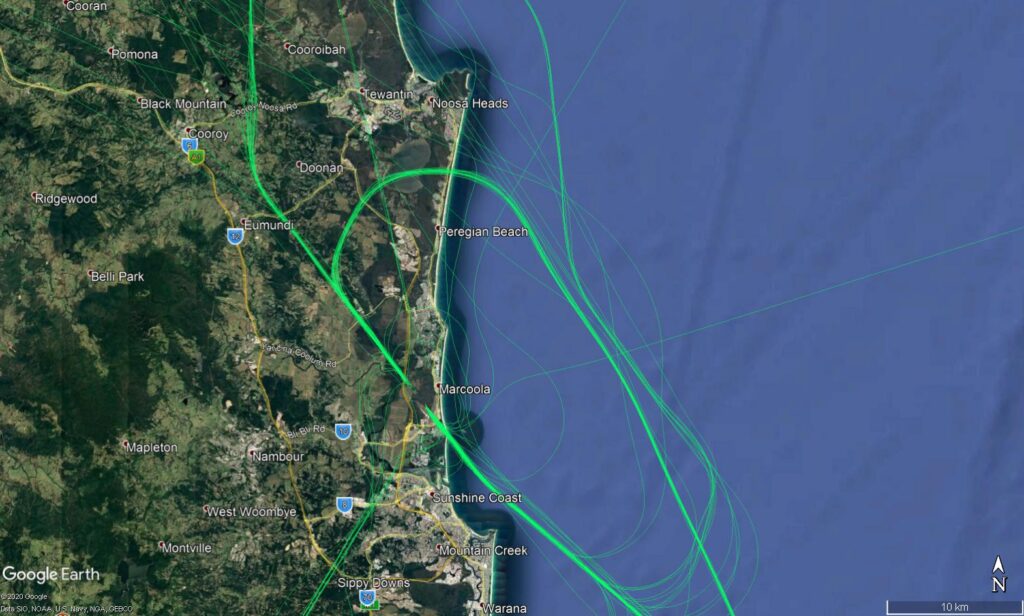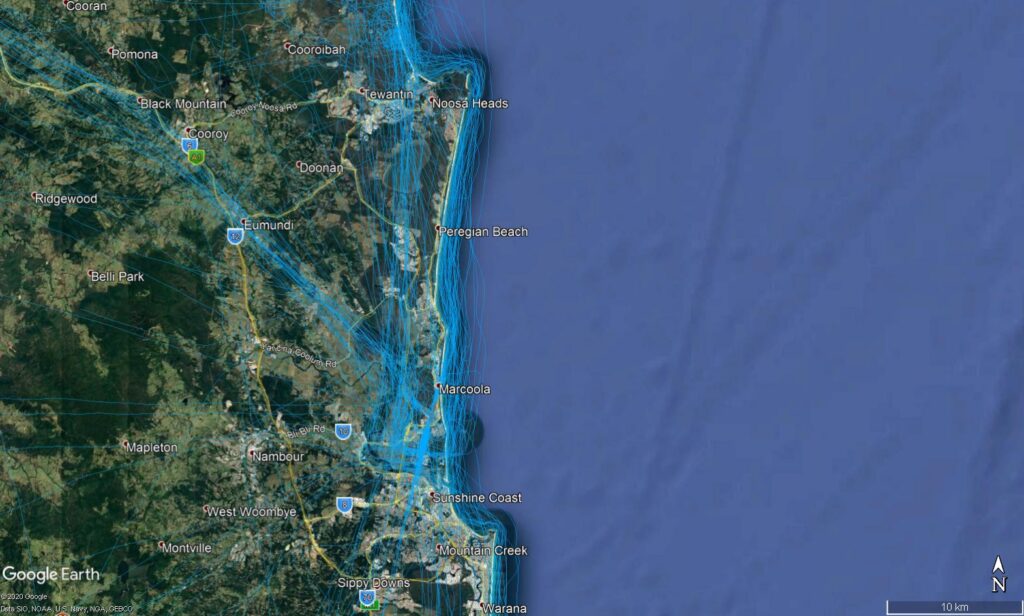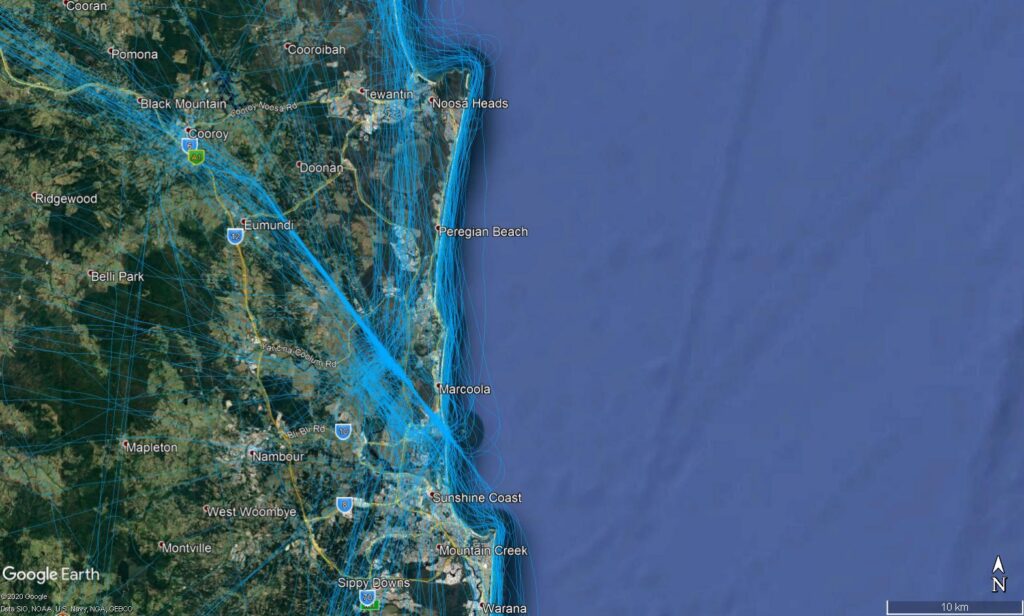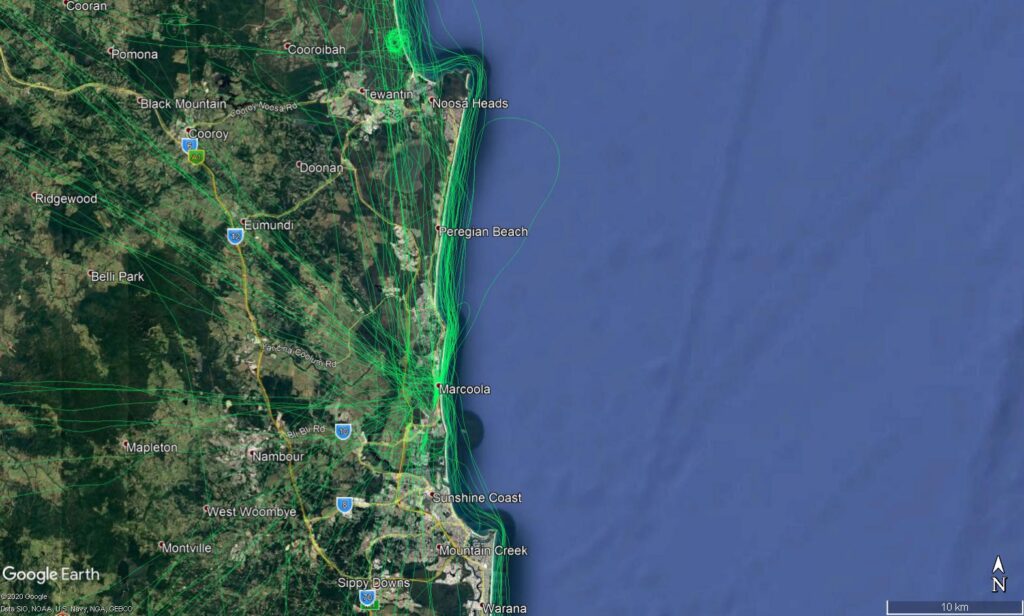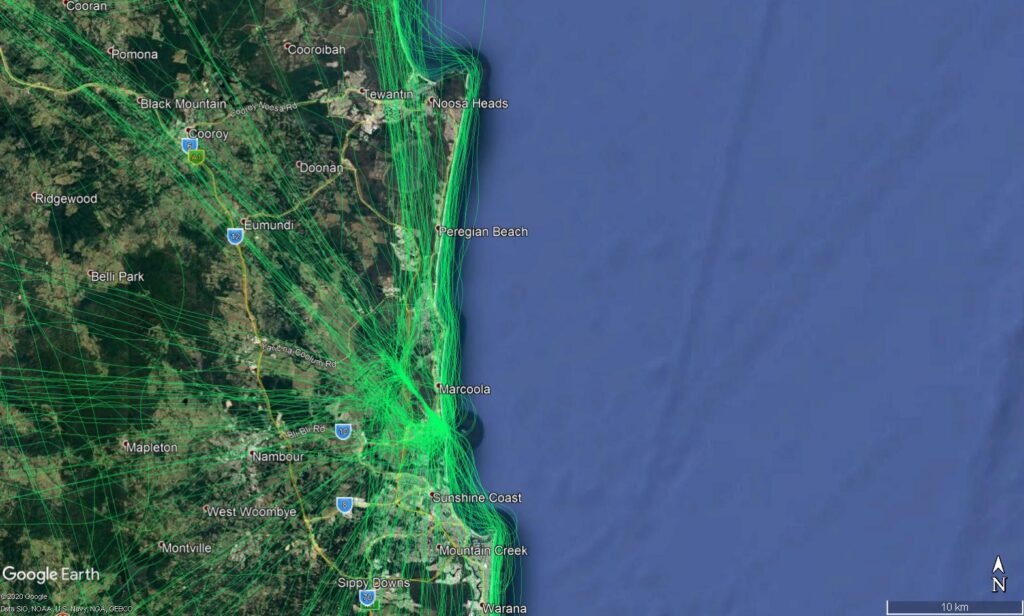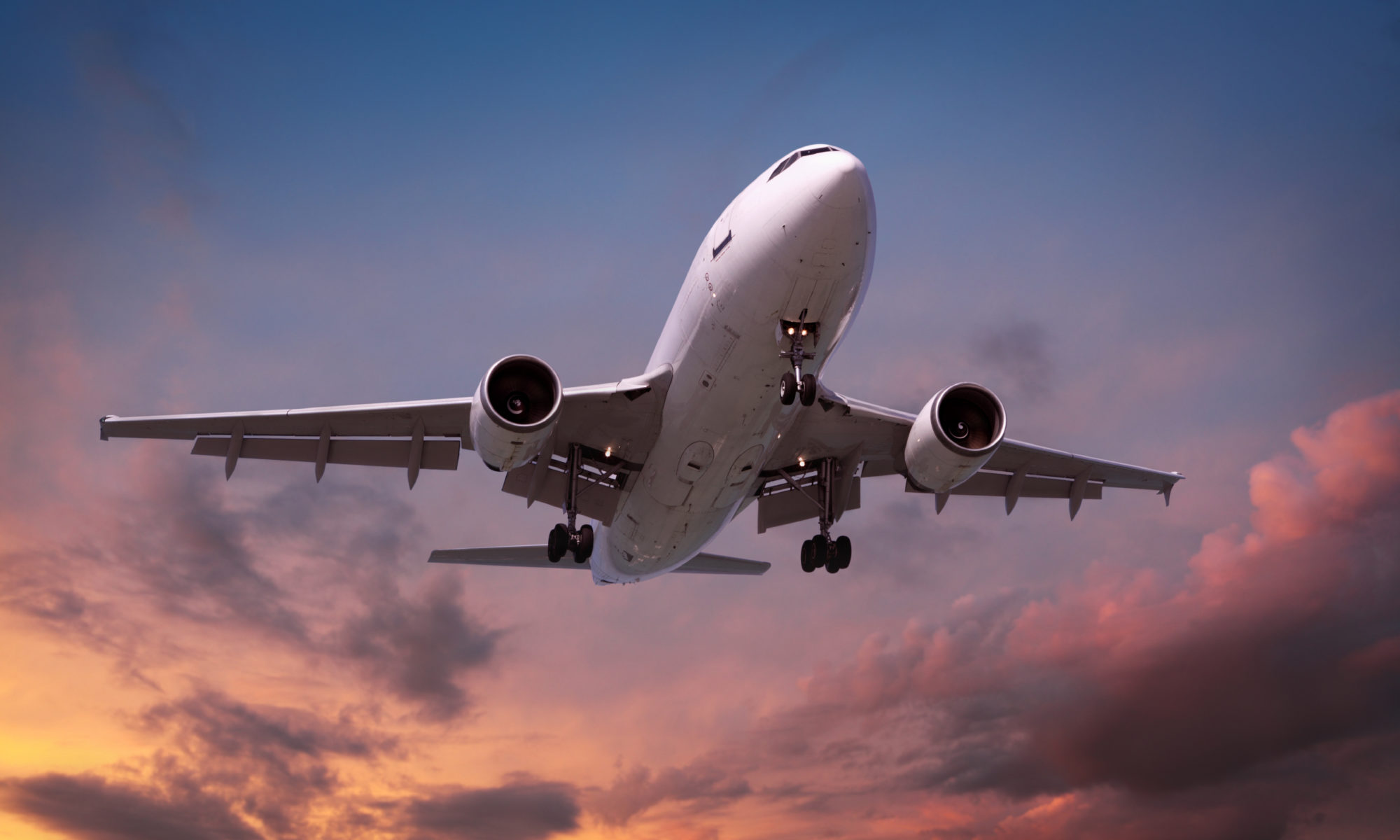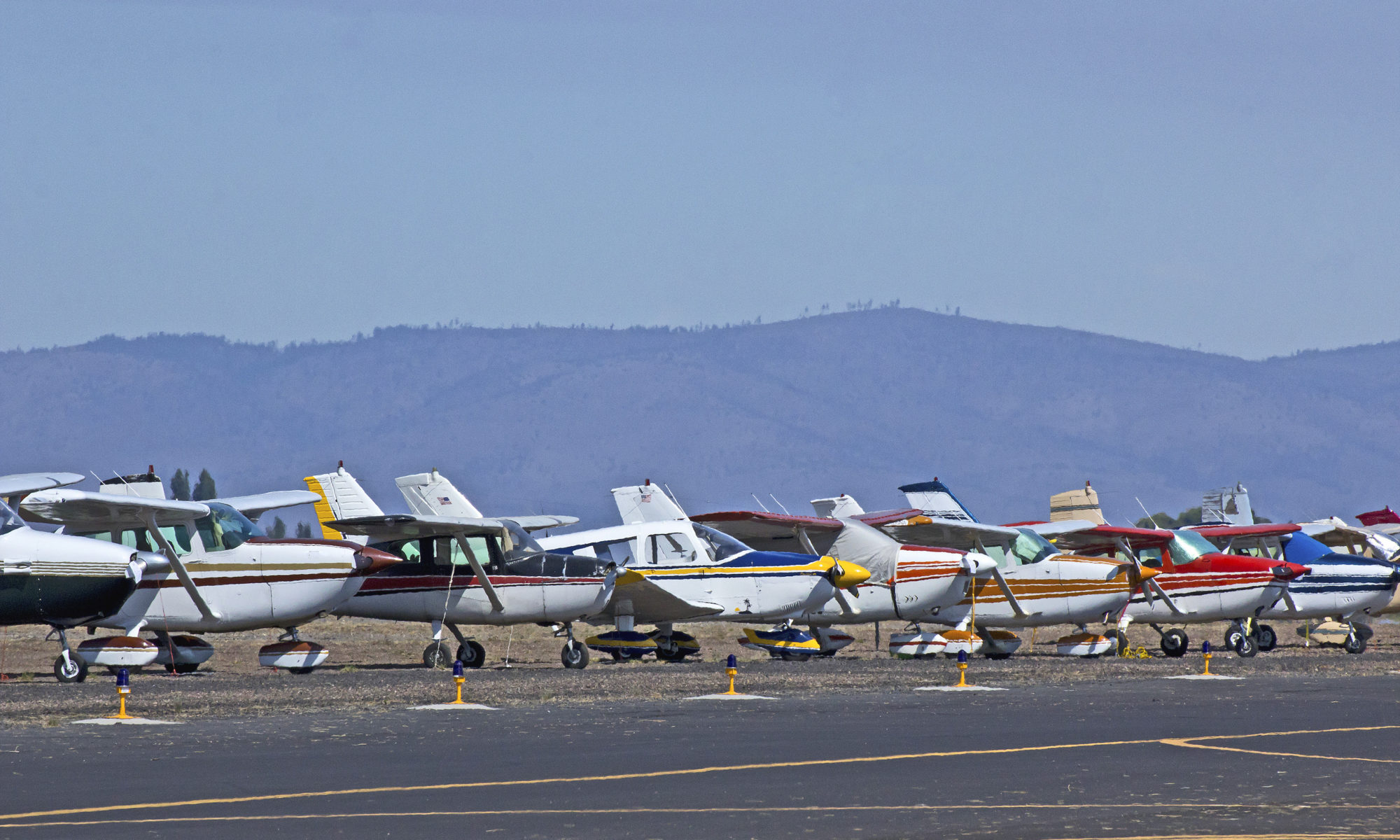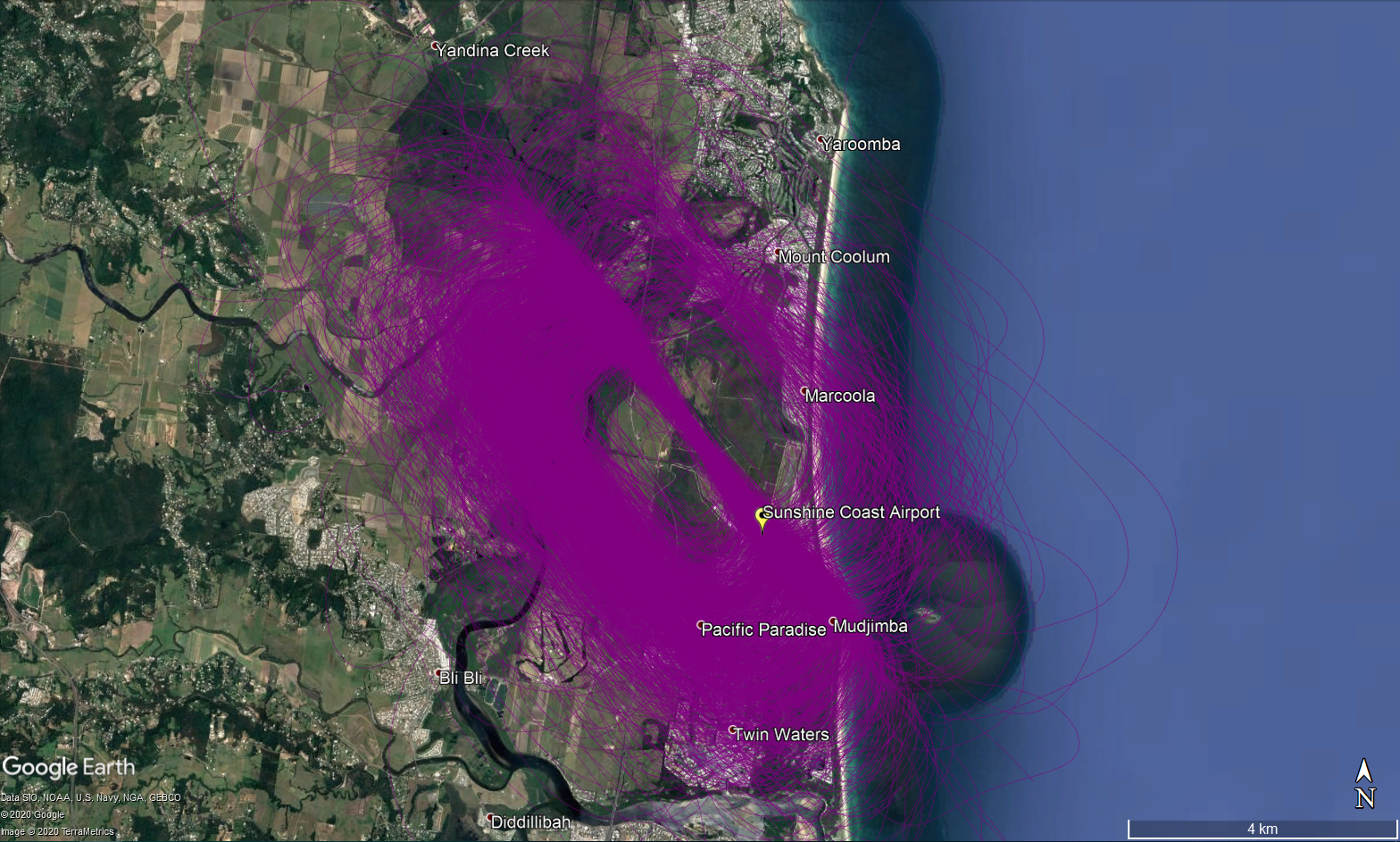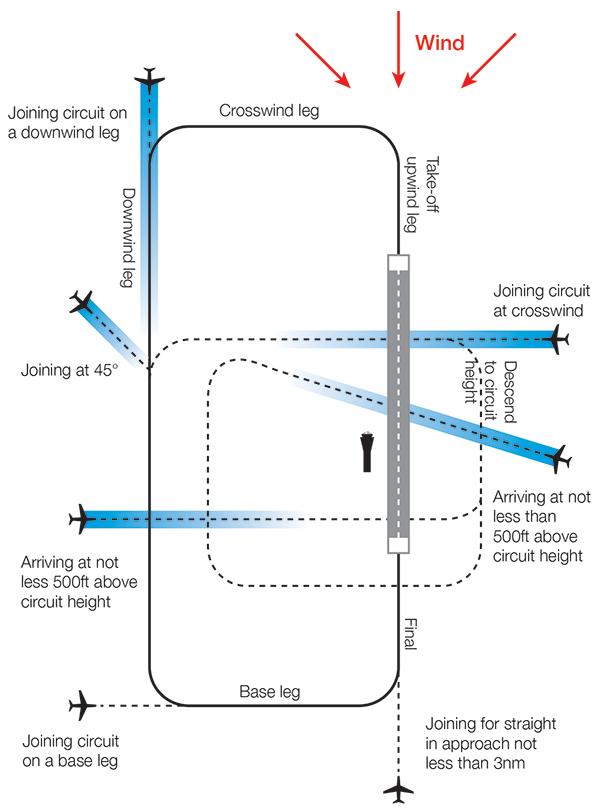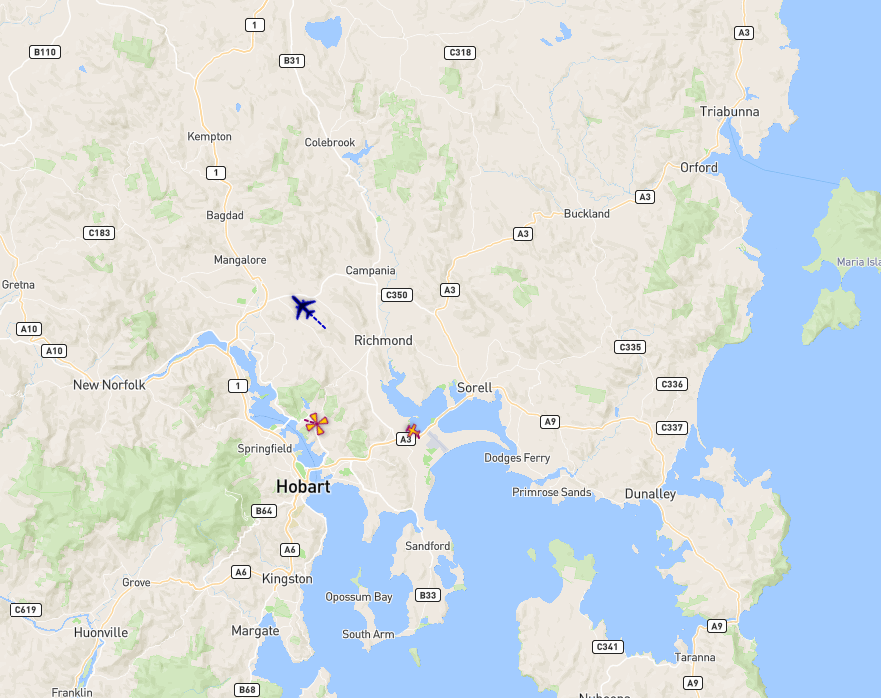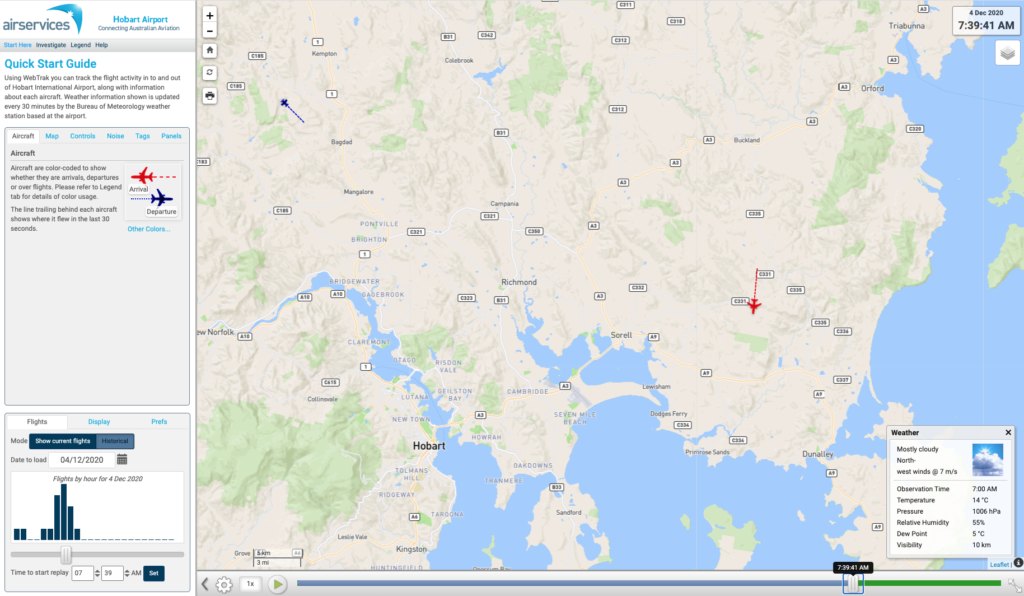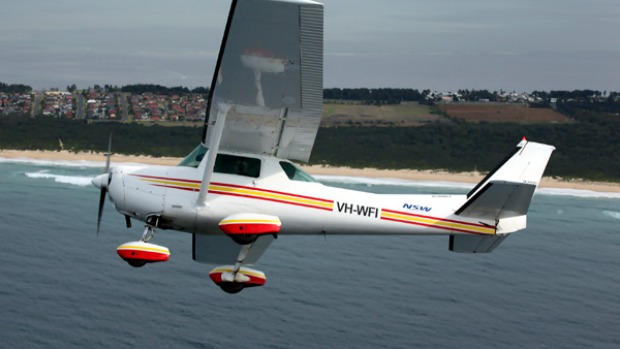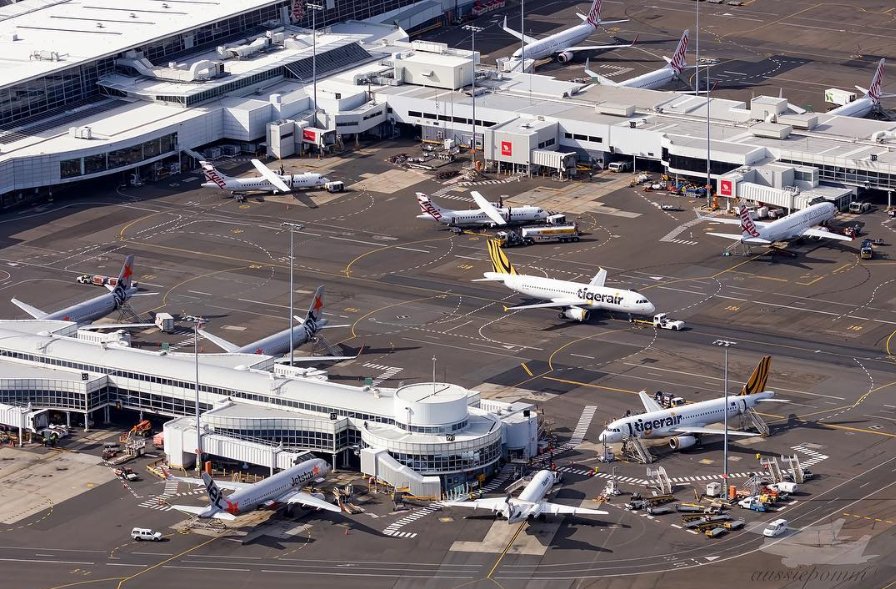Scheduled aircraft movement numbers
Due to the impacts of COVID-19 there was an overall decrease in scheduled flight operations (typically jet and turbo-prop aircraft) at Sunshine Coast Airport.
A comparison with the most recent available monthly figures show that passenger aircraft movements decreased by nearly 93%, from 810 movements in September 2019 to 58 movements in September 2020 (Source: BITRE.gov.au).
Aircraft destinations
Due to COVID-19 travel restrictions and border closures most of the operations at Sunshine Coast Airport have been intrastate (within Queensland and therefore mainly flying north) and operated by regional carriers who fly smaller aircraft (such as turbo-propeller aircraft).
During the pandemic the new runway opened and as the new runway is orientated differently to the old runway, this has changed the overall direction of arriving and departing flights.
For more information on the runway orientation and naming visit our Sunshine Coast Airport Runway page.
Arrivals
Click on the images above to open a larger view in a new tab.
Departures
Click on the images above to open a larger view in a new tab.
General Aviation (GA) Operations
As a result of COVID-19 there was an overall increase in GA operations at Sunshine Coast Airport.
The large reduction in scheduled flight operations meant that there were increased GA training opportunities and more pilots were flying using Visual Flight Rules (VFR) for recreational and commercial purposes.
While the number of GA operations increased, they continued to operate in similar locations. This is because the majority of small sized aircraft fly VFR, where instead of using published flight paths the pilot flies using visual reference to prominent ground features.
Arrivals
Click on the images above to open a larger view in a new tab.
Departures
Click on the images above to open a larger view in a new tab.
Learn more about GA circuit training operations on our Sunshine Coast Airport Circuits page.
Return to normal operations
These traffic patterns are in a regular state of flux due to the impacts of COVID-19 on the aviation industry.
We do not expect to see a stable, representative traffic pattern for Sunshine Coast until at least early 2021 (subject to airline schedules).
As travel restrictions lift, we expect there will be an increase in scheduled passenger flights and decrease in general aviation operations.
Note: All tracks during the stated month have been displayed. Track colours have been adjusted to show track density. Where aircraft are more concentrated the colour will appear darker.

